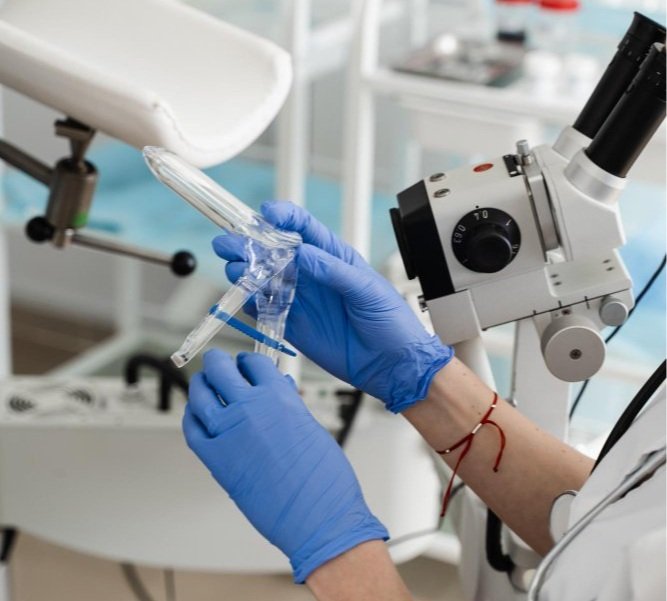
Treatment
We offer a variety of treatment options to help couples achieve pregnancy, including ovulation induction, Intrauterine Insemniation (IUI) , and In Vitro Fertilization (IVF).
01 | Ovulation Induction
Ovulation Induction is typically used to describe the lower complexity medications used in fertility treatments.
These may include Clomid (Clomiphene citrate), Femara (Letrozole), a “trigger shot” (hCG), and/or the added use of injectable stimulation medications.
The goal of ovulation induction, strictly speaking, is to produce a growing follicle for ovulation in a woman who doesn’t typically produce one such as PCOS patients. However, in patients who are already having regular monthly menses with predictable and consistent ovulation, these medications may be used as a form of mild superovulation to increase the number of follicles produced by the ovaries each month for ovulation. The higher the number of follicles, the higher the chance of pregnancy. Because of the increased risk for multiple gestation (think twins, triplets, etc), you will be monitored closely and the cycle canceled if there are too many eggs developing.
02 | Intrauterine Insemination (IUI)
IUI, or intrauterine insemination: It is an office procedure, and in terms of what the patient feels it is very similar to a pap smear appointment.
Your doctor will have you undress from the waist down, and placed in the gynecologic position. A small speculum will then be inserted. Following this, a very small catheter is used to deposit sperm inside the uterine cavity, past the vagina and cervix, in order to maximize the amount of sperm that is able to reach the egg(s) that month for possible fertilization. This procedure is typically done at the time of the woman’s ovulation.
03 | In-Vitro Fertilization (IVF)
IVF, or in-vitro fertilization: It is the most advanced treatment option currently available for infertility.
It involves giving the woman small injections underneath the skin daily to stimulate her ovaries to produce as many eggs as possible. She is very closely monitored during this time with bloodwork and ultrasound appointments to assess how many eggs are growing and what sizes they are. She will then undergo an egg retrieval procedure (see separate blog post about the egg retrieval). Once the eggs are obtained, they are then fertilized with sperm and grown in the IVF laboratory. The embryos will then be transferred into a uterus, frozen for future use, or genetically tested using PGT.



